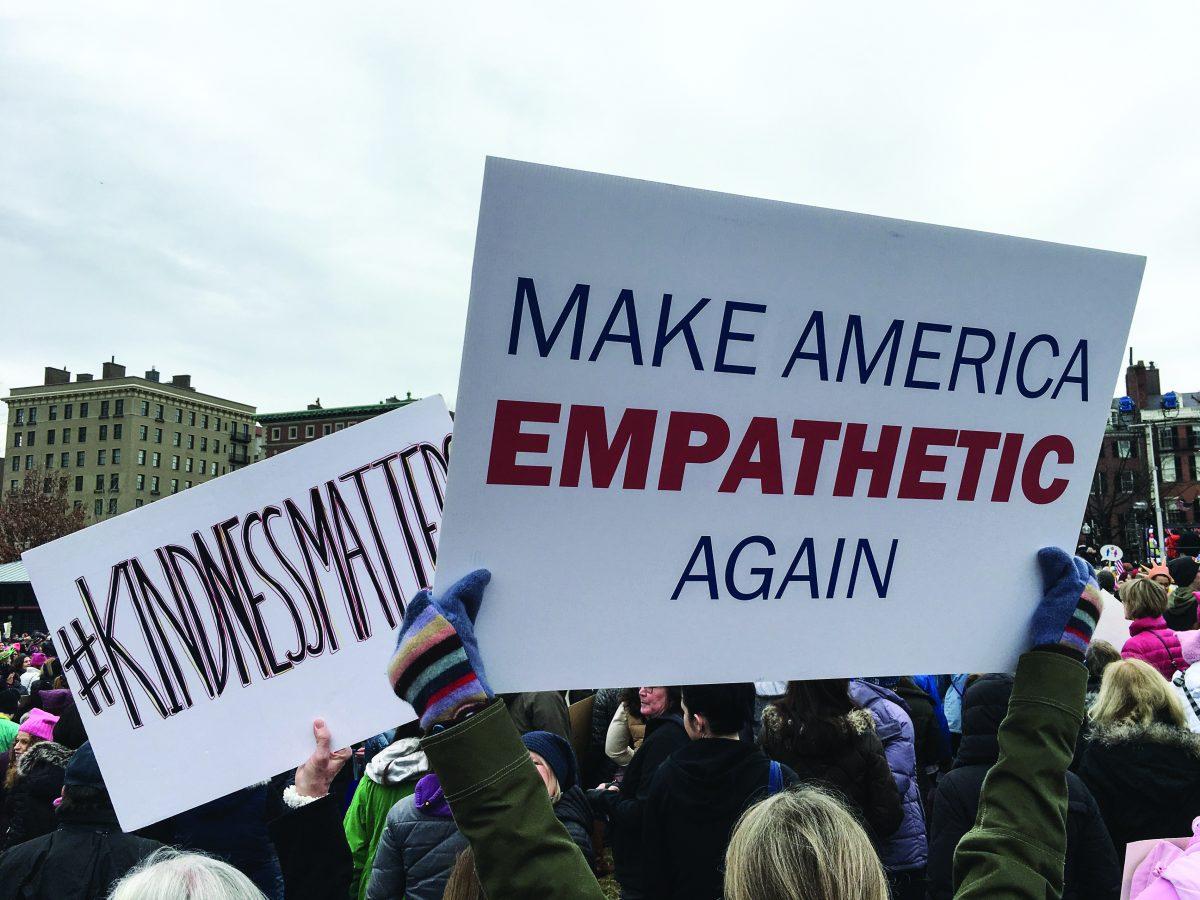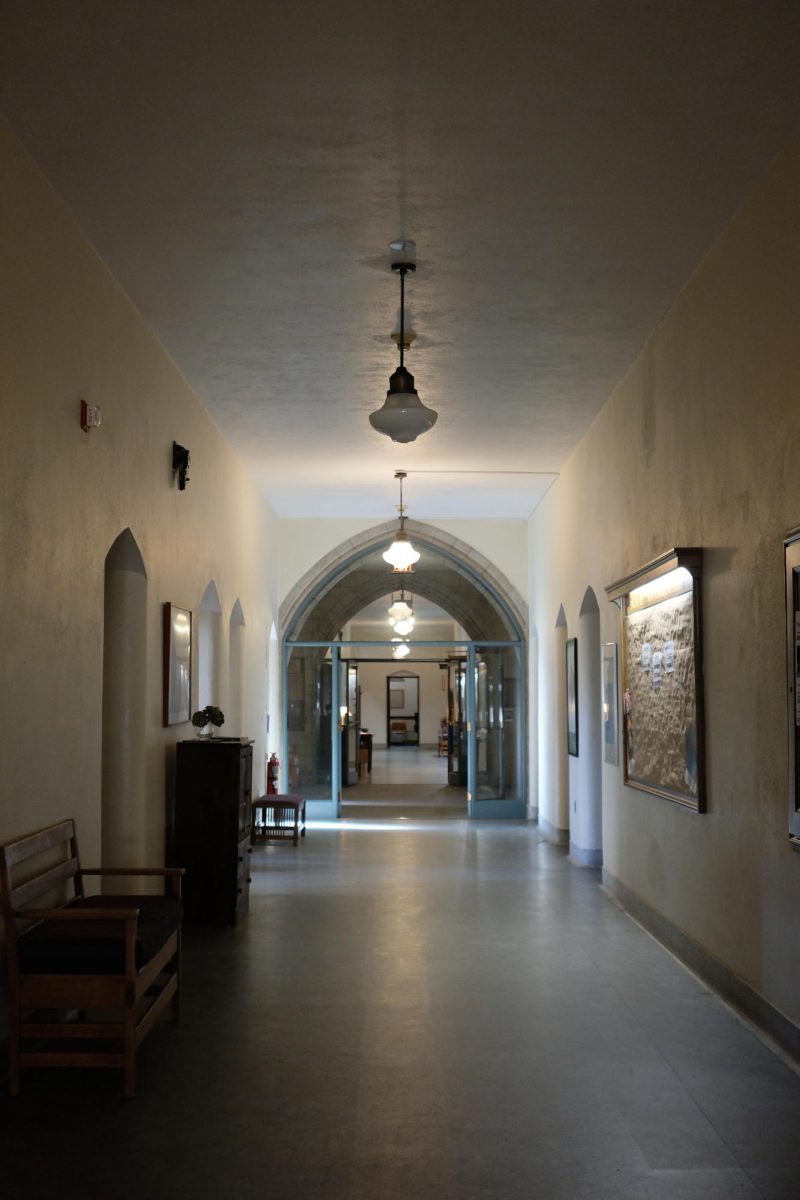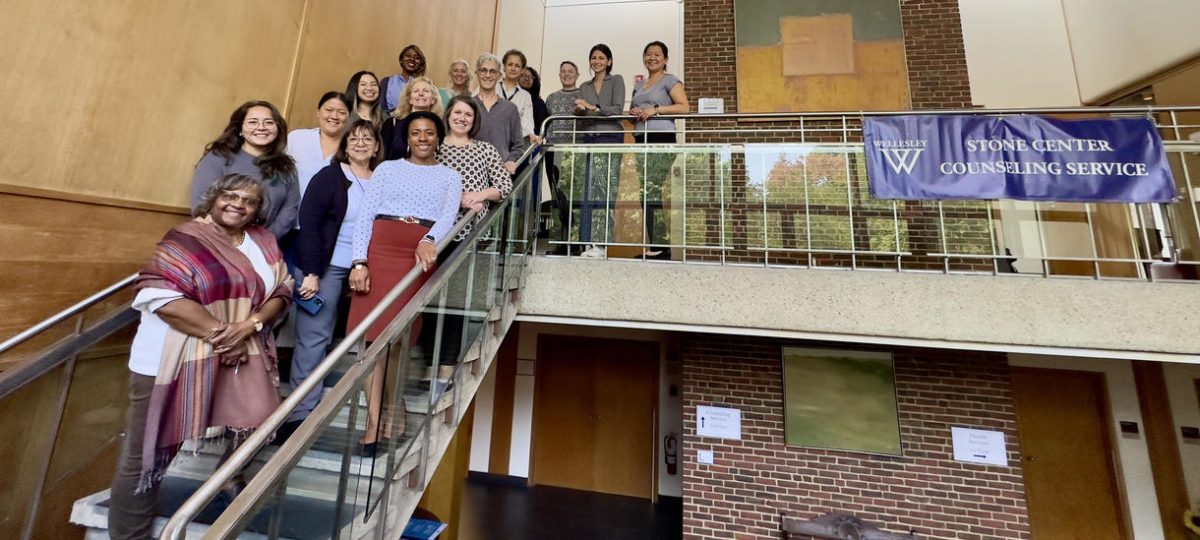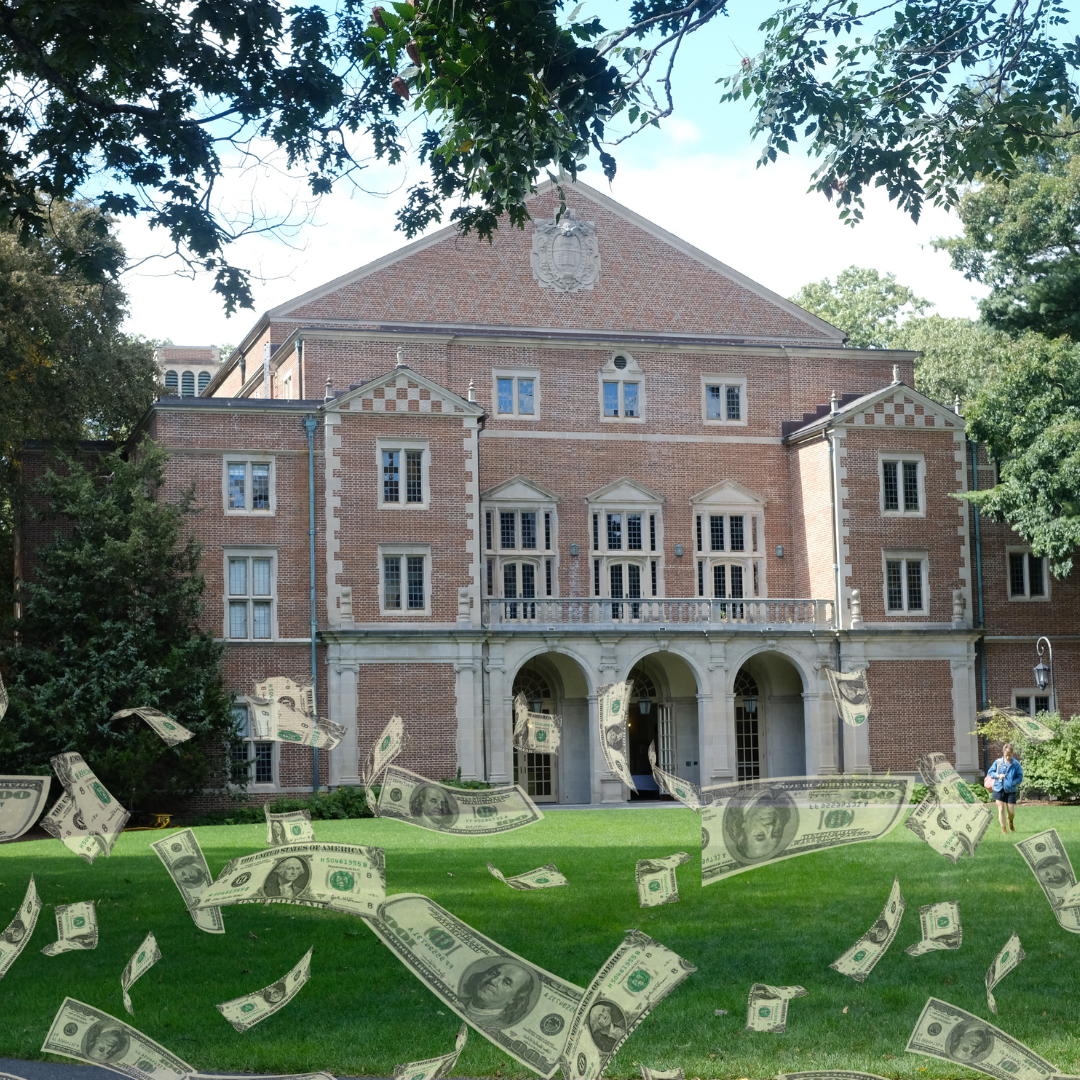With polls such as FiveThirtyEight estimating the number of people in the U.S who participated in a Women’s March at 3.2 million, it’s possible the demonstration was the largest in the country’s history. The movement even drew international attention, with at least one march occurring on every continent, including Antarctica. Taking place the day after the the inauguration of Donald Trump as President of The United States, the largest marches took place in Washington D.C., Los Angeles and New York City. Conservative estimates putting the size of those crowds at 485,000, 450,000 and 400,000 respectively.
The idea for a march on Washington D.C. came from Teresa Shook, a retired attorney who wanted to take a stand against the election of Donald Trump. Using Facebook, fashion designer Bob Bland helped organize Shook’s idea into a national movement with three professional organizers, Linda Sarsour, Tamika Mallory and Carmen Perez, as its leaders.
Despite naming the marches for women, many marchers went to show support for many different causes. A number of protesters created signs in favor of supporting climate change, increasing immigrant rights and admitting refugees. Although the marches were held in large part as a protest against Trump and the divisive platform he ran on, demonstrators from conservative pro-life groups participated as well.
Wellesley College provided transportation for students, staff and faculty to attend the Women’s March in Boston, which with 175,000 people was the fourth largest march in the country.
Brianna Love ’19 said that she went to the march in support of making the world a better place. “I did go to the march because I believe in fundamental rights for all, I want to decolonize society, and I want to help create a welcome and accepting world,” she said.
Many other Wellesley students went to the march because they felt like they had to take action. Meredith Clark ’17, who attended the march in New York City, said that “I went because I needed to feel like I was doing something and I needed to see that people were against Trump and his fascism, bigotry, and violence. As a queer person of color, I already knew America was racist and bigoted but seeing almost the entire country geographically turn red on election night was heartbreaking.”
Shivani Dayal ’18 echoed Clark’s thoughts, declaring that while participating in the Albright Institute, Madeleine Albright “told us that sitting on the sidelines was the worst thing we could do for the country right now — going to the march really felt like something I had to do. So the next morning a whole group of Albright Fellows, including myself, met up at the bus, ready to put into action everything we had just learned.”
Yet while the marches were put together as a show of solidarity, Clark still felt a little apprehensive about the representation at the marches.
“I felt uncomfortable that the marches seemed to center white women above all other marginalized groups, but I was also glad that there were so many coordinated efforts across the world,” she concluded.
Indeed, many minority participants at the rally had similar experiences. A viral Twitter thread that has since been made private related the experiences of a Native American woman at the march, and how in trying to protest during the march using traditional Native chants, white marchers became verbally abusive. One tweet explains that when she attempted to start the chant “You’re on stolen land,” white women began to shout back at her saying “We know, but it isn’t our fault.”
Yet Dayal felt that in spite of the tension between marginalized groups and white participants, the marches were successful, noting that “I think there are more nuances that need to be understood about those who are trying to make their voices heard, for example understanding the problems with white feminism, and those issues must be addressed. But at least in this one moment, we all got to stand together.”
Clark added that “I still think they were too white-centric but I am impressed by how many people participated internationally.”
Love was excited about the march initially, but in the aftermath worries “that this momentum will not be maintained by the people.”
Neither Love nor Clark believe that the voices of women have been heard post-march.
Clark stated that “I think the voices of people against fascism [were] heard more than specifically women’s voices,” while Love declared that “I do not believe that women’s voices have been heard and I don’t think they will [be] until there is economic pushback and a change in the racist and misogynist mind because the people who we’re trying to reach only care about economics and their gendered caste system.”
Looking forward, Clark believes that “future marchers and demonstrations should coordinate with Black Lives Matter and intentionally uplift people of color, immigrants, and other marginalized groups.”
Love also commented on the organization of the movement, saying “I am happy about the idea of movement, but I think it needs to be more organized and have a creed or manifesto of some sort.”






